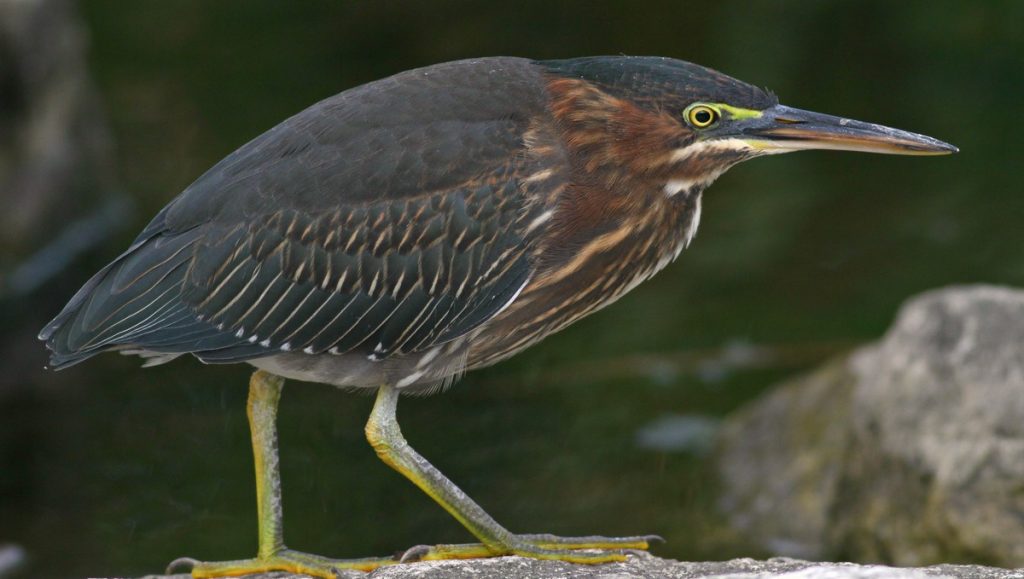At this time of year, you might think there’s not much to see at Lakeshore State Park. You won’t find the abundance of greenery and the flurry of bird activity that are typical during warmer months. But look more closely, and you might be surprised. We talked to Park Manager Elaine Zautke, who clued us in about the wildlife you can observe during the next three chilly months.
February
Waterfowl and ice
The Great Lakes rarely freeze, so the abundance of open water creates a food supply for birds that feed on aquatic life. Winter waterfowl like to hang around where there’s less ice coverage, such as the marina area and along the shoreline. They might also be looking for seeds that still remain on the plant life. Some species you night spot include Greater Scaup, Common Goldeneye, Bufflehead, and Red-breasted Mergansers, among others. It’s entertaining to watch waterfowl dive into the water and emerge in another spot. The lagoon is the place to spot many species of diving ducks, especially Long-tailed Ducks and scoter species.
Unless it’s frozen over, the lagoon is also a great place to watch for fish – bluegills, pumpkinseed sunfish, brown trout, bass, northern pike and more. And depending on the conditions, this is a great time to spot interesting ice shapes. Freezing conditions can create fascinating frozen formations on the lake and the shoreline, and when they break off they can be fun to watch. Elaine says early mornings are especially good times to check.
March
Migration activity and more
Even though spring technically arrives this month, we all know that it can still feel like winter. Waterfowl and fish will still be around, of course, and as the temperatures gradually creep up other natural inhabitants will become active. Watch for animals as they start to come out of hibernation. Foxes often hunt or nest in dens along the shore, and a coyote or two has been spotted in the area. March through June is also the peak of spring migration season, when you can spot bird species that are passing through. Watch for unique shorebird species like the American Avocet and Hudsonian and Marbled Godwits in addition to the more common Willets.
April
The prairie starts to wake up
Bird lovers can continue enjoying the spring migration season during this time, animals will become more active (watch for woodchucks nibbling grass along the shoreline), and the fish will still be fun to watch. This is also when you can start spotting one of Elaine’s favorite plants: Prairie Smoke, one of the earliest bloomers on the prairie. It develops pink, feather-like seed heads that give the delicate impression of smoke. It has a short blooming period, so don’t wait too long to catch it.
Tips for nature observers
The quiet early-morning hours can be a great time to see animal activity, Elaine suggests. Binoculars are always a good idea, as well as a book or app that helps you identify plants, birds, and other wildlife. So don’t rush your cold-weather visits to Lakeshore State Park. By slowing down and watching, there’s a lot of wildlife to see. “Nature is doing something interesting every month of the year,” says Elaine.
